2018 年 6 月英语四级真题及答案第二套
Part I Writing (30 minutes)
Directions: For this part, you are allowed 30 minutes to write a short essay on the
importance of writing ability and how to develop it. You should write at least 120
words but no more than 180 words.
Part Ⅱ Listening Comprehension (25 minutes)
Section A
Directions: In this section, you will hear three news reports. At the end of each
news report, you will hear two or three questions. Both the news report and the
questions will be spoken only once. After you hear a question, you must choose the
best answer from the four choices marked A), B), C) and D). Then mark the
corresponding letter on Answer Sheet 1 with a single line through the centre.
Questions 1 and 2 are based on the news report you have just heard.
1. A) Annoyed.
B) Scared.
C) Confused.
D) Offended.
2.
A) It crawled over the woman’s hands.
B)
It wound up on the steering wheel.
C)
It was killed by the police on the spot.
D)
It was covered with large scales.
Questions 3 and 4 are based on the news report you have just heard.
3.
A) A study of the fast-food service.
B)
Fast food customer satisfaction.
C)
McDonald’s new business strategies.
�
D)
Competition in the fast-food industry.
4.
A) Customers’ higher demands.
B)
The inefficiency of employees.
C)
Increased variety of products.
D)
The rising number of customers.
Questions 5 to 7 are based on the news report you have just heard.
5.
A) International treaties regarding space travel programs.
B)
Legal issues involved in commercial space exploration.
C)
U.S. government’s approval of private space missions.
D)
Competition among public and private space companies.
6.
A) Deliver scientific equipment to the moon.
B)
Approve a new mission to travel into outer space.
C)
Work with federal agencies on space programs.
D)
Launch a manned spacecraft to Mars.
7. A) It is significant.
C) It is unpredictable.
B) It is promising. D) It is unprofitable.
Section B
Directions: In this section, you will hear two long conversations. At the end of
each conversation, you will hear four questions. Both the conversation and the
questions will be spoken only once. After you hear a question, you must choose the
best answer from the four choices marked A), B), C) and D). Then mark the
corresponding letter on Answer Sheet 1 with a single line through the centre.
Questions 8 to 11 are based on the conversation you have just heard.
8.
A) Visiting her family in Thailand.
�
B)
Showing friends around Phuket.
C)
Swimming around a Thai island.
D)
Lying in the sun on a Thai beach.
9.
A) She visited a Thai orphanage.
B)
She met a Thai girl’s parents.
C)
She learned some Thai words.
D)
She sunbathed on a Thai beach.
10. A) His class will start in a minute.
B)
He has got an incoming phone call.
C)
Someone is knocking at his door.
D)
His phone is running out of power.
11. A) He is interested in Thai artworks.
B)
He is going to open a souvenir shop.
C)
He collects things from different countries.
D)
He wants to know more about Thai culture.
Questions 12 to 15 are based on the conversation you have just heard.
12. A) Buying some fitness equipment for the new gym.
B)
Opening a gym and becoming personal trainers.
C)
Signing up for a weight-loss course.
D)
Trying out a new gym in town.
13. A) Professional personal training.
�
B)
Free exercise for the first week.
C)
A discount for a half-year membership.
D)
Additional benefits for young couples.
14. A) The safety of weight-lifting.
B)
The high membership fee.
C)
The renewal of his membership.
D)
The operation of fitness equipment.
15. A) She wants her invitation renewed.
B)
She used to do 200 sit-ups every day.
C)
She knows the basics of weight-lifting.
D)
She used to be the gym’s personal trainer.
Section C
Directions: In this section, you will hear three passages. At the end of each passage,
you will hear three or four questions. Both the passage and the questions will be
spoken only once. After you hear a question, you must choose the best answer from
the four choices marked A), B), C) and D). Then mark the corresponding letter on
Answer Sheet 1 with a single line through the centre.
Questions 16 to 18 are based on the passage you have just heard.
16. A) They tend to be nervous during interviews.
B)
They often apply for a number of positions.
C)
They worry about the results of their applications.
D)
They search extensively for employers' information.
17. A) Get better organized.
C) Find better-paid jobs.
B) Edit their references.
D) Analyze the searching process.
�
18. A) Provide their data in detail.
C) Make use of better search engines.
B) Personalize each application.
D) Apply for more promising positions.
Questions 19 to 21 are based on the passage you have just heard.
19. A) If kids did not like school, real learning would not take place.
B)
If not forced to go to school, kids would be out in the streets.
C)
If schools stayed the way they are, parents were sure to protest.
D)
If teaching failed to improve, kids would stay away from school.
20. A) Allow them to play interesting games in class.
B)
Try to stir up their interest in lab experiments.
C)
Let them stay home and learn from their parents.
D)
Design activities they now enjoy doing on holidays.
21. A) Allow kids to learn at their own pace.
interest groups.
C) Organize kids into various
B) Encourage kids to learn from each other. D) Take kids out of school to learn at
first hand.
Questions 22 to 25 are based on the passage you have just heard.
22. A) It is especially popular in Florida and Alaska.
B)
It is a major social activity among the young.
C)
It is seen almost anywhere and on any occasion.
D)
It is even more expressive than the written word.
23. A) It is located in a big city in Iowa. C) It offers free dance classes to
seniors.
B) It is really marvelous to look at.
D) It offers people a chance to socialize.
24. A) Their state of mind improved.
C) They enjoyed better health.
�
B) They became better dancers.
D) Their relationship strengthened.
25. A) It is fun.
C) It is exhausting.
B) It is life.
D) It is rhythmical.
Part Ⅲ Reading Comprehension
(40 minutes)
Section A
Directions: In this section, there is a passage with ten blanks. You are required
to select one word for each blank from a list of choices given in a word bank following
the passage. Read the passage through carefully before making your choices. Each
choice in the bank is identified by a letter. Please mark the corresponding letter
for each item on Answer Sheet 2 with a single line through the centre.
27
to
You may not use any of the words in the bank more than once. Since the 1940s, southern
California has had a reputation for smog. Things are not as bad as they once were
but, according to the American Lung Association, Los Angeles is still the worst city
in the United States for levels of 26 . Gazing down on the city from the Getty Center,
an art museum inthe Santa Monica Mountains, one would find the view of the Pacific
Ocean blurred by the haze (霾).Nor is the state’s bad air
south.
Fresno, in the central valley, comes top of the list in America for year-round
.All of which,
pollution. Residents’ hearts and lungs are affected as a
combined with California’s reputation as the home of technological
,
makes the place ideal for developing and testing systems designed to monitor
. And that is just what Aclima, a new firm in San Francisco,
pollution in
has been doing over the past few months. It has been trying
monitoring
stations that
of
pollution. Such stations will also be able to keep an eye on what is happening inside
buildings, including offices.To this end, Aclima has been
Google’s
Street View system. Davida Herzl, Aclima’s boss, says they have revealed pollution
highs on days when San Francisco’s transit workers went on strike and the city’s
were forced to use their cars. Conversely, “cycle to work” days
minute-to-minute
out
32
33
with
maps
are 31
to
yield
28
its
29
air
30
34
have done their job by
35
pollution lows.
A) assisted
I) inhabitants
B) collaborating
J) innovation
C) consequence
K) intended
D) consumers
L) outdoor
�
E) creating
F)
detail
G) domestic
H) frequently
M) pollutants
N) restricted
O) sum
Section B
Directions: In this section, you are going to read a passage with ten statements
attached to it. Each statement contains information given in one of the paragraphs.
Identify the paragraph from which the information is derived. You may choose a
paragraph more than once. Each paragraph is marked with a letter. Answer the
questions by marking the corresponding letter on Answer Sheet 2.
As Tourists Crowd Out Locals, Venice Faces ‘Endangered’ List
A)
On a recent fall morning, a large crowd blocked the steps at one of Venice’s
main tourist sites, the Rialto Bridge. The Rialto Bridge is one of the four bridges
spanning the Grand Canal. It is the oldest bridge across the canal, and was the
dividing line between the districts of San Marco and San Polo. But on this day, there
was a twist: it was filled with Venetians, not tourists.
the
march
with
helped
organize
B) “People are cheering and holding their carts in the air,” says Giovanni Giorgio,
who
called
Generazione ’90. The carts he refers to are small shopping carts – the symbol of
a true Venetian. “It started as a joke,” he says with a laugh. “The idea was to
put blades on the wheels! You know? Like Ben Hur. Precisely like that, you just go
around and run people down.”
organization
a
grass-roots
C)
Venice is one of the hottest tourist destinations in the world. But that’s a
problem. Up to 90,000 tourists crowd its streets and canals every day – far
outnumbering the 55,000 permanent residents. The tourist increase is one key reason
the city’s population is down from 175,000 in the 1950s. The outnumbered Venetians
have been steadily fleeing. And those who stick around are tired of living in a place
where they can’t even get to the market without swimming through a sea of
picture-snapping tourists. Imagine, navigating through 50,000 people while on the
way to school or to work.
D)
Laura Chigi, a grandmother at the march, says the local and national governments
have failed to do anything about the crowds for decades, because they’re only
interested in tourism – the primary industry in Venice, worth more than $3 billion
in 2015. “Venice is a cash cow,” she says, “and everyone wants a piece.”
�
Just beyond St. Mark’s Square, a cruise ship passes, one of hundreds every year
E)
that appear over their medieval (中世纪的) surroundings. Their massive wake creates
waves at the bottom of the
sea, weakening the foundations of the centuries-old buildings themselves. “Every
time I see a cruise ship, I feel sad,” Chigi says. “You see the mud it drags; the
destruction it leaves in its wake? That hurts the ancient wooden poles holding up
the city underwater. One day we’ll see Venice break down.”
For a time, UNESCO, the cultural wing of the United Nations, seemed to agree.
F)
Two years ago, it put Italy on notice, saying the government was not protecting Venice.
UNESCO considers the entire city a World Heritage Site, a great honor that means
Venice, at the cultural level, belongs to all of the world’s people. In 2014, UNESCO
gave Italy two years to manage Venice’s flourishing tourism or the city would be
placed on another list – World Heritage In Danger, joining such sites as Aleppo
and Palmyra, destroyed by the war in Syria.
Venice’s deadline passed with barely a murmur (嘟哝) this summer, just as UNESCO
G)
was meeting
in Istanbul. Only one representative, Jad Tabet from Lebanon, tried to raise the
issue. “For several years, the situation of heritage in Venice has been worsening,
and it has now reached a dramatic situation,” Tabet told UNESCO. “We have to act
quickly – there is not a moment to waste.”
H)
But UNESCO didn’t even hold a vote. “It’s been postponed until 2017,” says
Anna Somers, the founder and CEO of The Art Newspaper and the former head of Venice
in Peril, a group devoted to restoring Venetian art. She says the main reason the
U.N. cultural organization didn’t vote to declare Venice a World Heritage Site In
Danger is because UNESCO has become “intensely politicized. There would have been
some back-room negotiations.”
Italy boasts more UNESCO World Heritage Sites than any other country in the world,
I)
granting it considerable power and influence within the organization. The former
head of the UNESCO World Heritage Centre, which oversees heritage sites, is Francesco
Bandarin, a Venetian who now serves as UNESCO's assistant director-general for
culture.
Earlier this year, Italy signed an accord with UNESCO to establish a task force
J)
of police art detectives and archaeologists (考古学家) to protect cultural heritage
from natural disasters and
terror groups, such as ISIS. The accord underlined Italy’s global reputation as
�
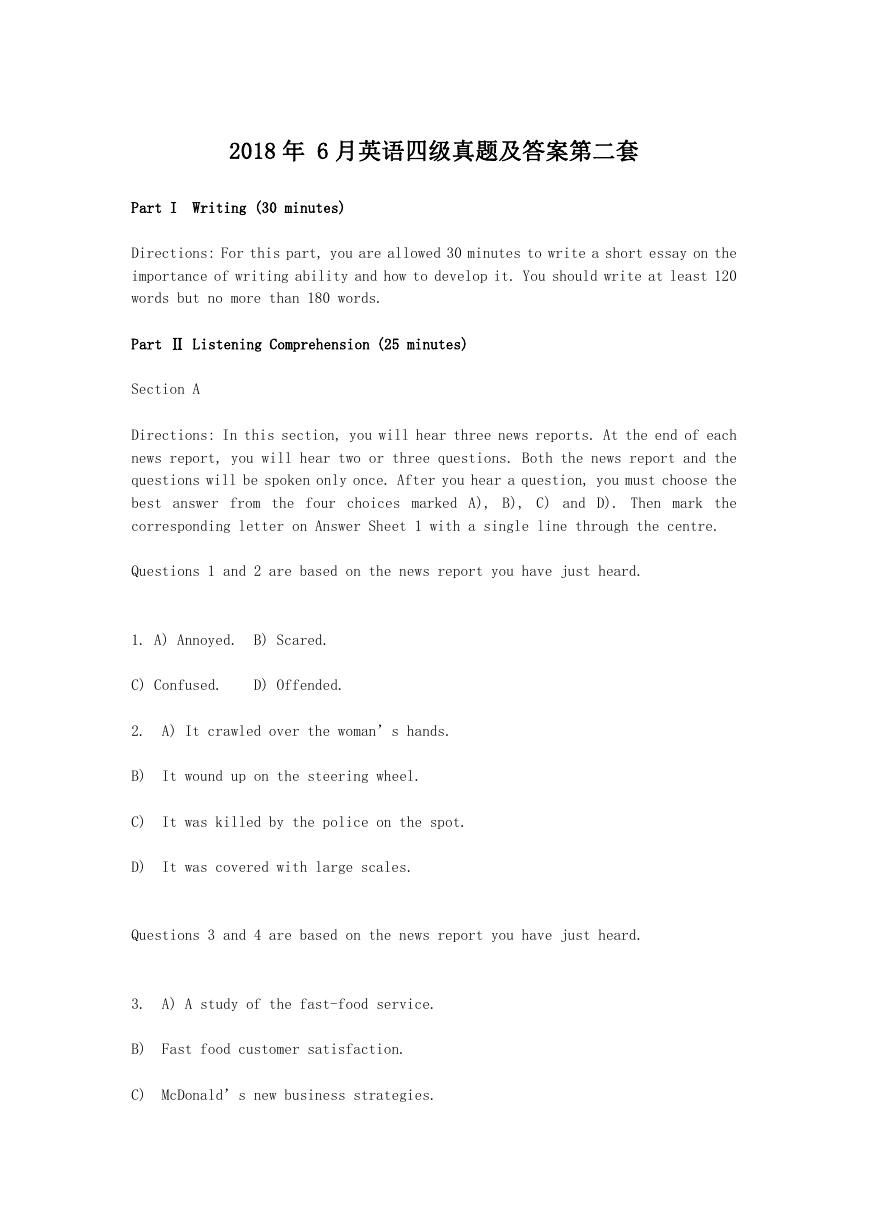
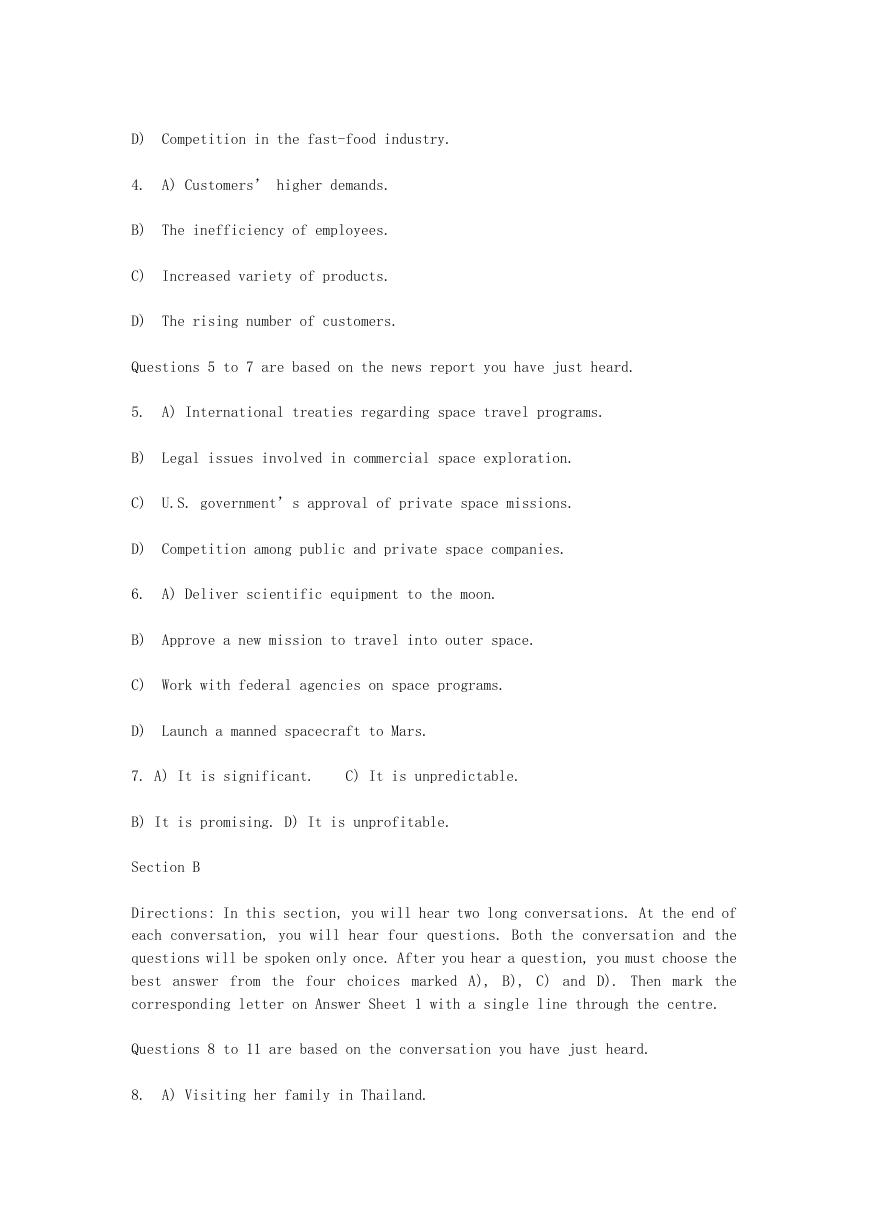
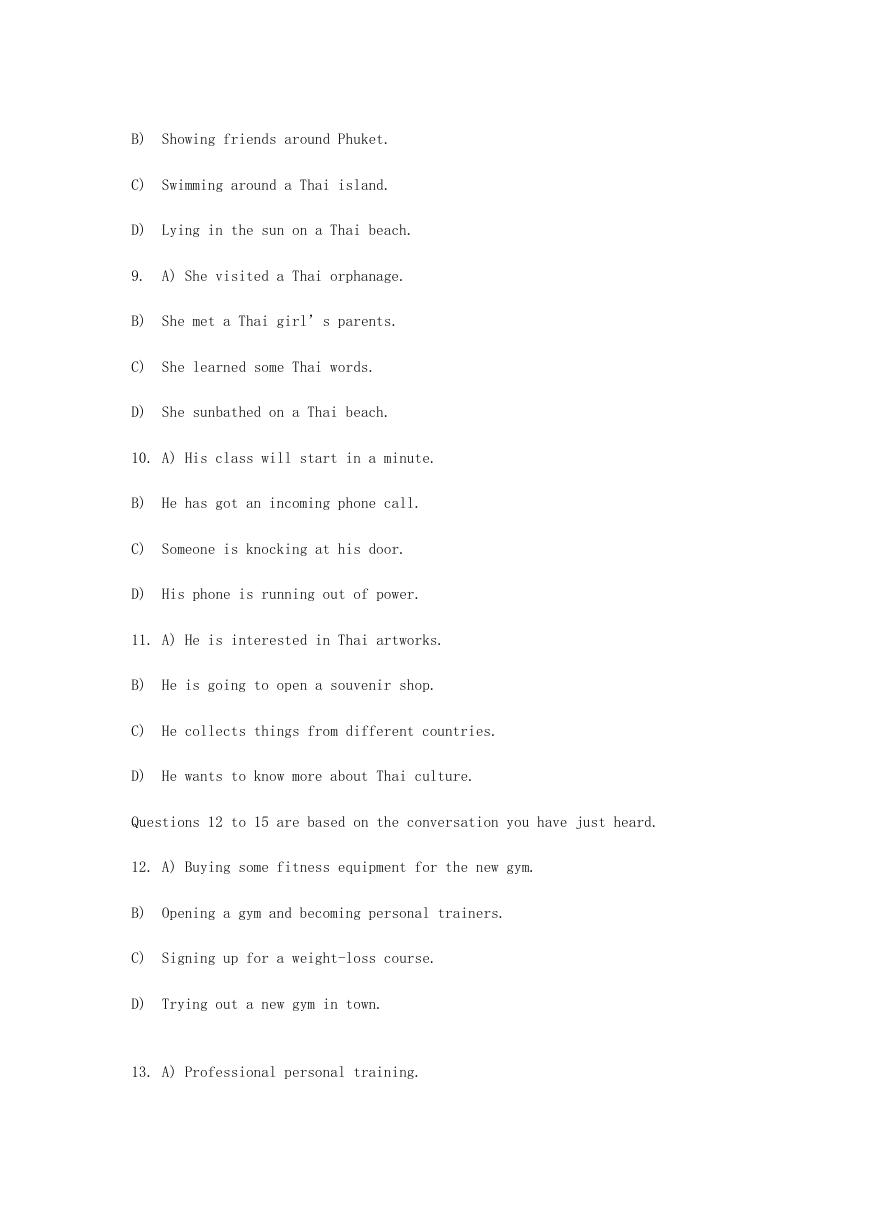
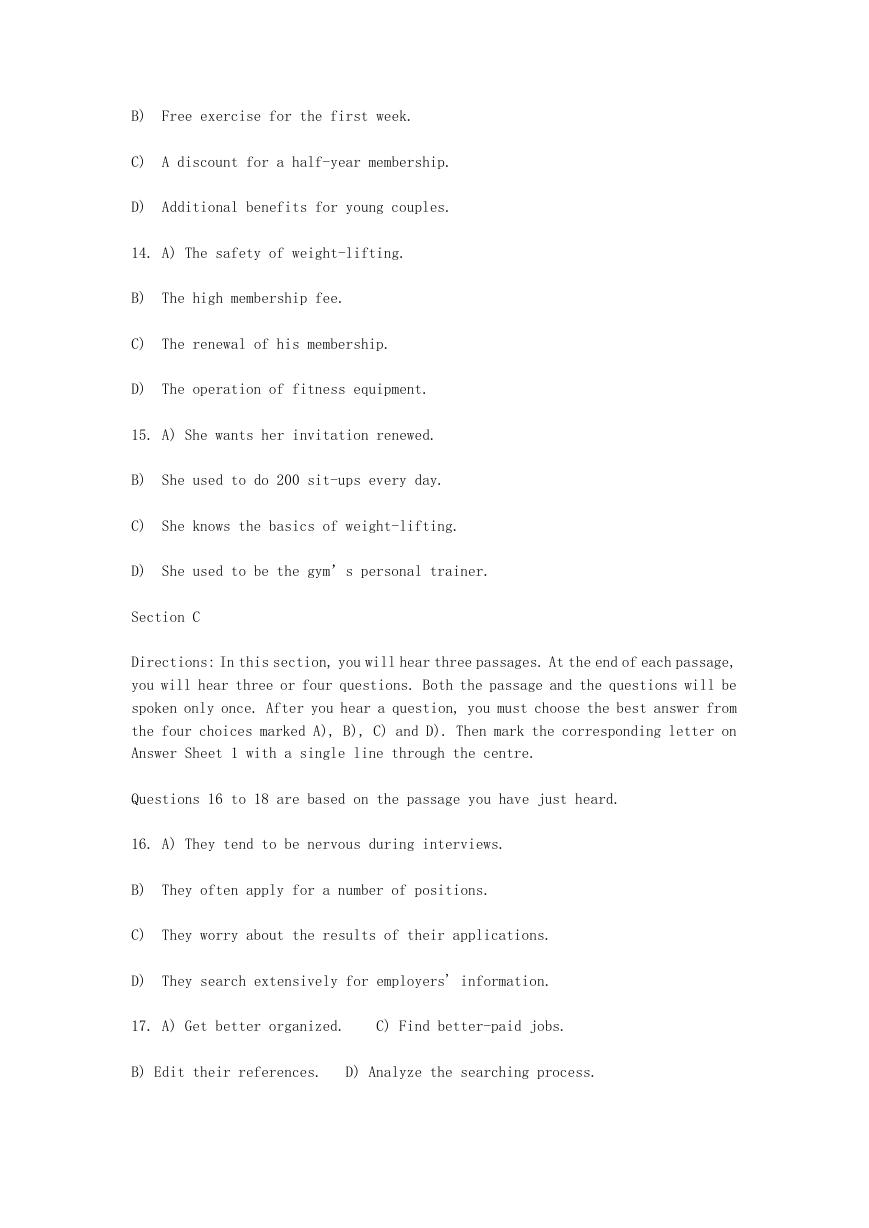

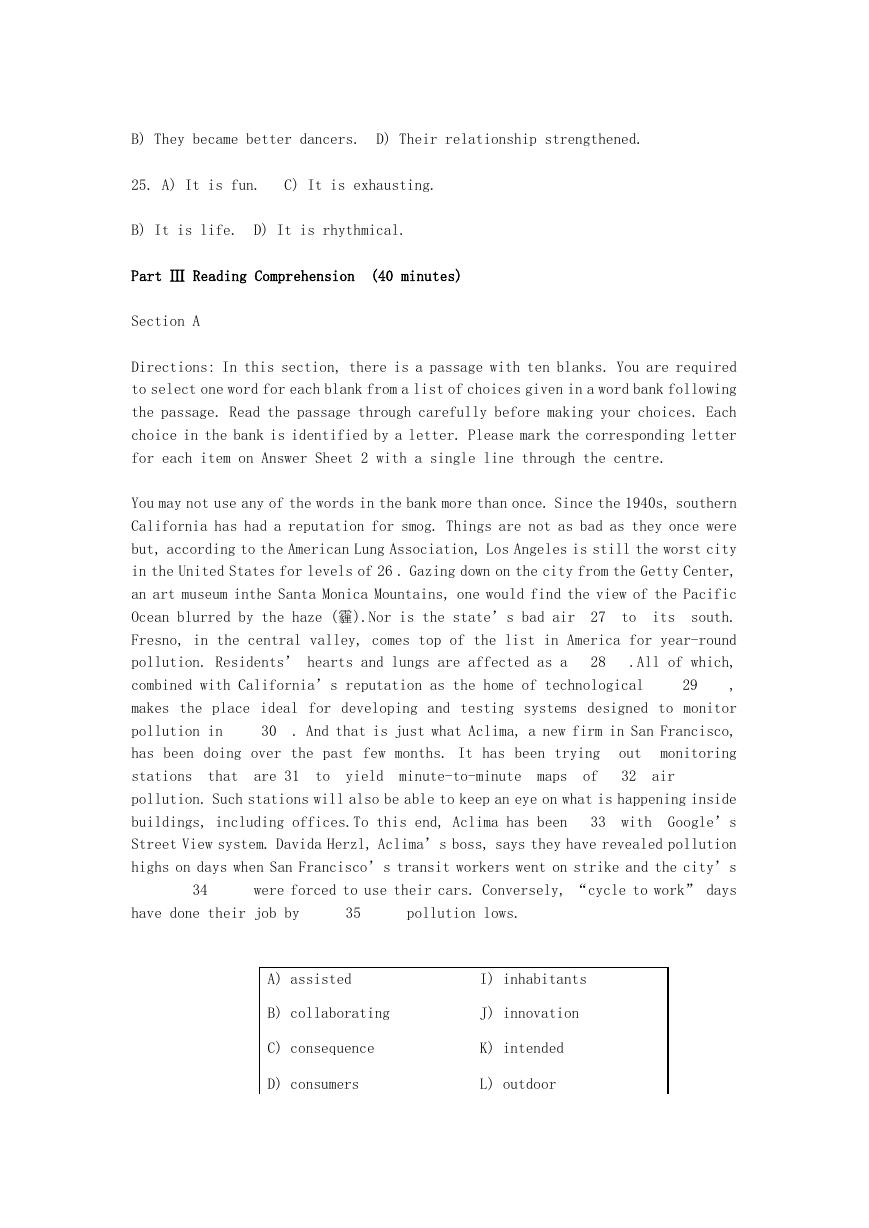
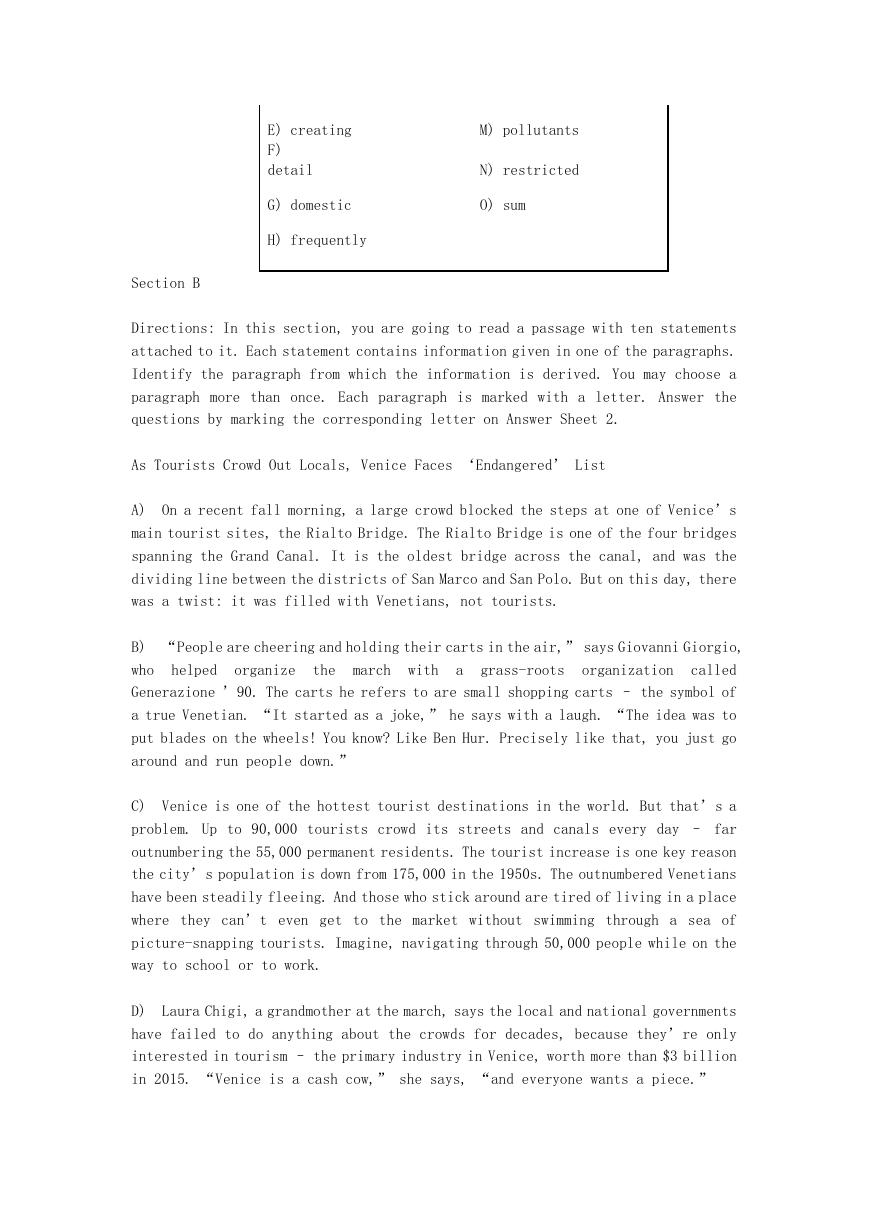
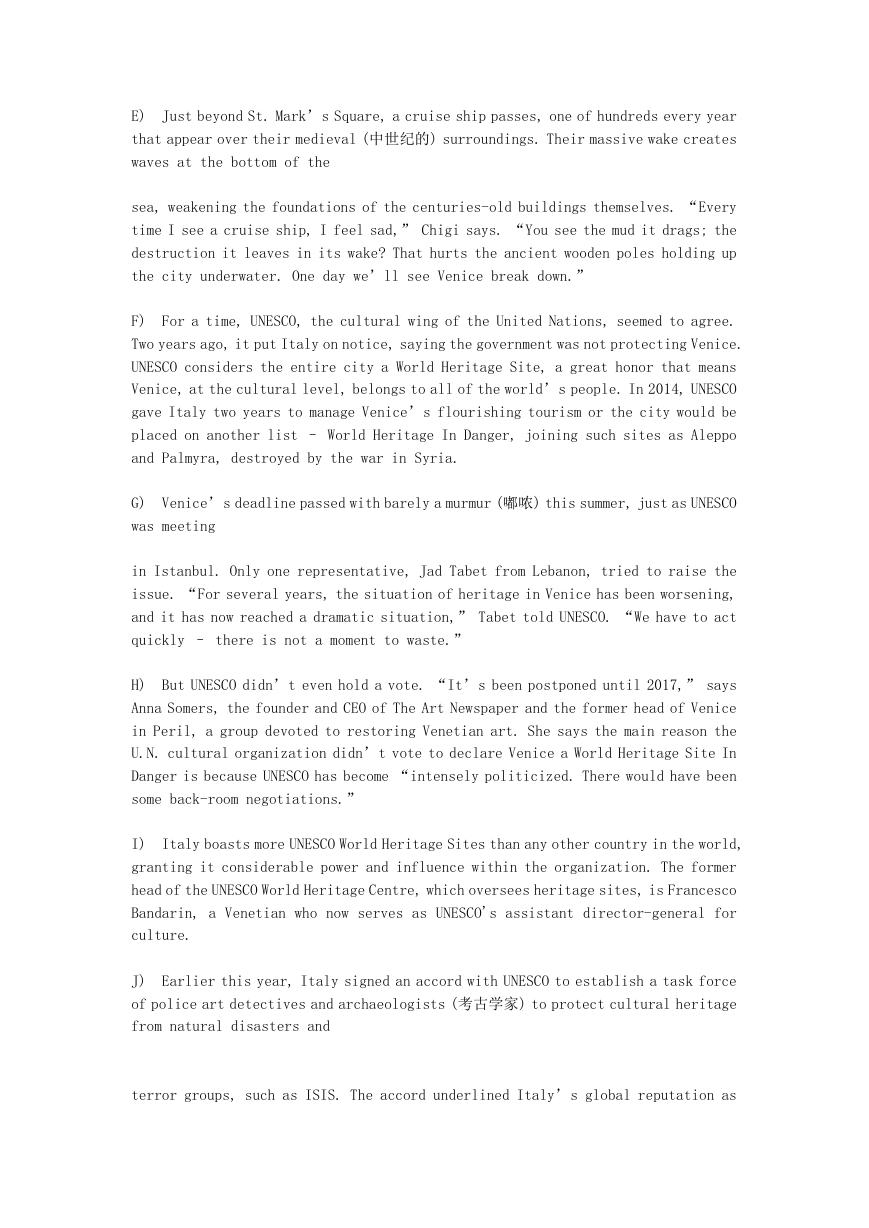








 2023年江西萍乡中考道德与法治真题及答案.doc
2023年江西萍乡中考道德与法治真题及答案.doc 2012年重庆南川中考生物真题及答案.doc
2012年重庆南川中考生物真题及答案.doc 2013年江西师范大学地理学综合及文艺理论基础考研真题.doc
2013年江西师范大学地理学综合及文艺理论基础考研真题.doc 2020年四川甘孜小升初语文真题及答案I卷.doc
2020年四川甘孜小升初语文真题及答案I卷.doc 2020年注册岩土工程师专业基础考试真题及答案.doc
2020年注册岩土工程师专业基础考试真题及答案.doc 2023-2024学年福建省厦门市九年级上学期数学月考试题及答案.doc
2023-2024学年福建省厦门市九年级上学期数学月考试题及答案.doc 2021-2022学年辽宁省沈阳市大东区九年级上学期语文期末试题及答案.doc
2021-2022学年辽宁省沈阳市大东区九年级上学期语文期末试题及答案.doc 2022-2023学年北京东城区初三第一学期物理期末试卷及答案.doc
2022-2023学年北京东城区初三第一学期物理期末试卷及答案.doc 2018上半年江西教师资格初中地理学科知识与教学能力真题及答案.doc
2018上半年江西教师资格初中地理学科知识与教学能力真题及答案.doc 2012年河北国家公务员申论考试真题及答案-省级.doc
2012年河北国家公务员申论考试真题及答案-省级.doc 2020-2021学年江苏省扬州市江都区邵樊片九年级上学期数学第一次质量检测试题及答案.doc
2020-2021学年江苏省扬州市江都区邵樊片九年级上学期数学第一次质量检测试题及答案.doc 2022下半年黑龙江教师资格证中学综合素质真题及答案.doc
2022下半年黑龙江教师资格证中学综合素质真题及答案.doc